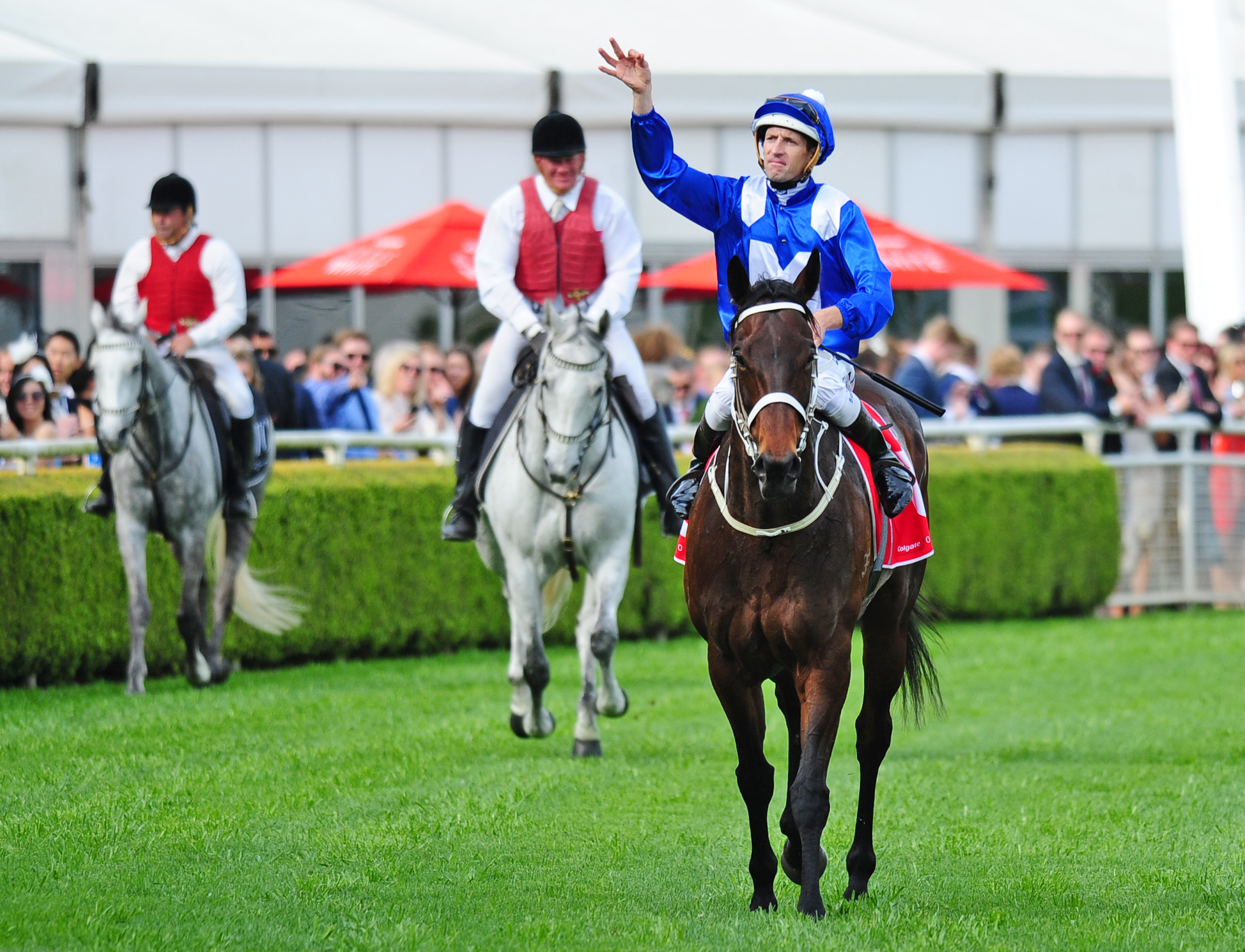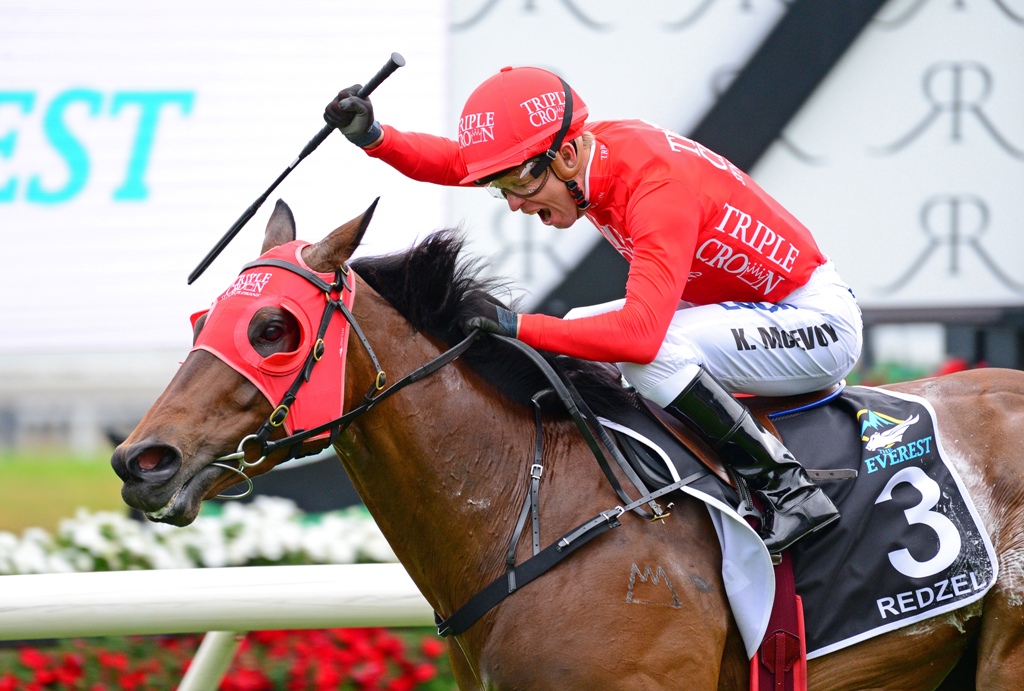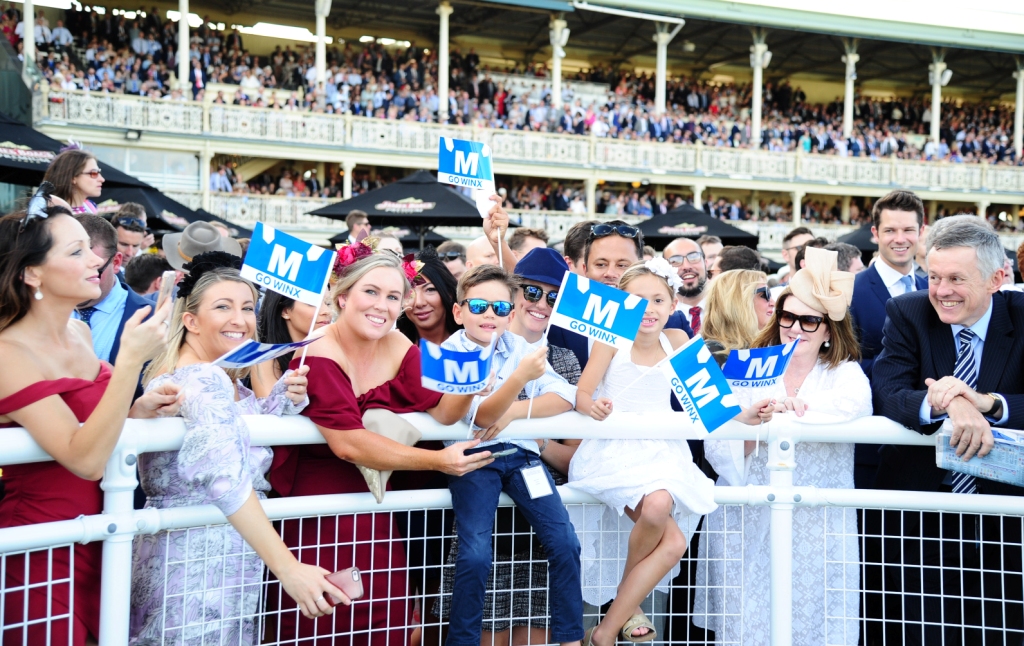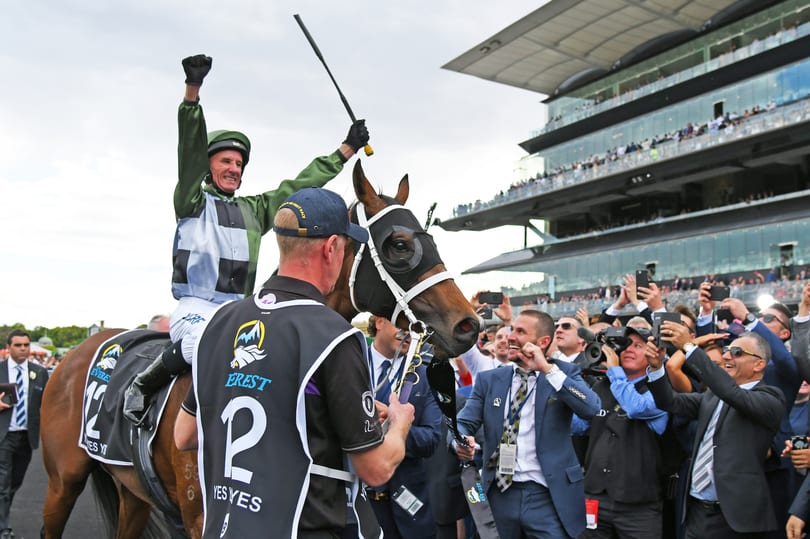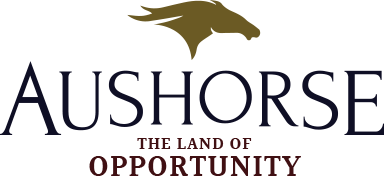Overview
The Australian thoroughbred breeding industry is the second biggest in the world and operates in every state and territory, with many of the larger commercial farms situated in NSW’s Hunter Valley.
In the 2022 season Australia saw just under 20,000 mares covered, of those almost 19,000 returned resulting in 12,666 a 67.53% live foals/mare returned the best live foal return on record.
While Australia offers far greater opportunities than any other country for those who ‘breed to race’, almost 4,800 yearlings (14 to 22 months old) are offered in the public auction ring: predominately through the major auction houses, Inglis and Magic Millions.
Inglis conducts sales in NSW and Victoria – including its flagship Australian Easter Yearling Sale – while Magic Millions holds auctions in Queensland, South Australia, Western Australia and Tasmania: opening the sales season in January with the Gold Coast Yearling Sale. Both Easter and the Gold Coast attract a large global buying bench.
Aside from bonus schemes in each state – which add millions of dollars to the already lucrative prizemoney pools – both Inglis and Magic Millions offer a series of races for sales graduates. This includes the $1m Magic Millions National 2YO Classic and The Star Gold Coast Magic Millions 2YO Classic and Gold Coast Magic Millions 3YO Guineas, to be run for $3 million each as of January 2024.
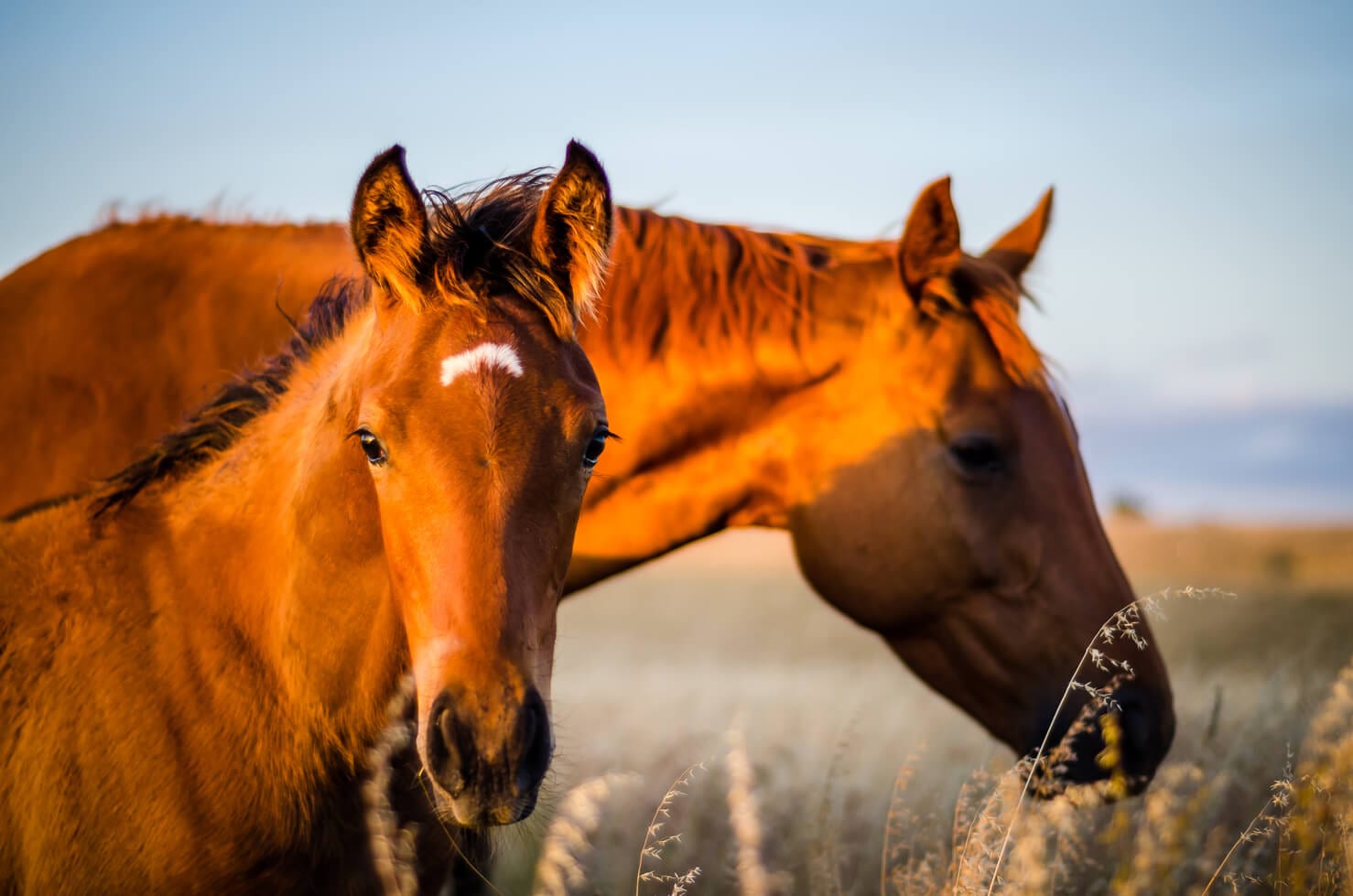
There is also a thriving market for the sale of weanlings (6 to 12 months of age) which are often ‘pinhooked’ to yearling and/or 2YOs in training sales.
In 2019, a colt by leading sire, Zoustar, was sold for $1 million as a yearling, having been sourced at an Australian weanling sale 12 months earlier for $200,000.
More recently, a colt by Alabama Express was purchased for $80,000 as a weanling and sold at Inglis Melbourne Premier 2023 for $400,000.
Meanwhile, there are about 530 stallions standing in Australia ranging in fees from $0 to hundreds of thousands. The most expensive stallion standing at stud in Australia in 2023 I Am Invincible at $302,500 inc. GST. In 2021/22 he covered 193 mares at a fee of $220,000. I Am Invincible initially stood at a fee of $11,000.
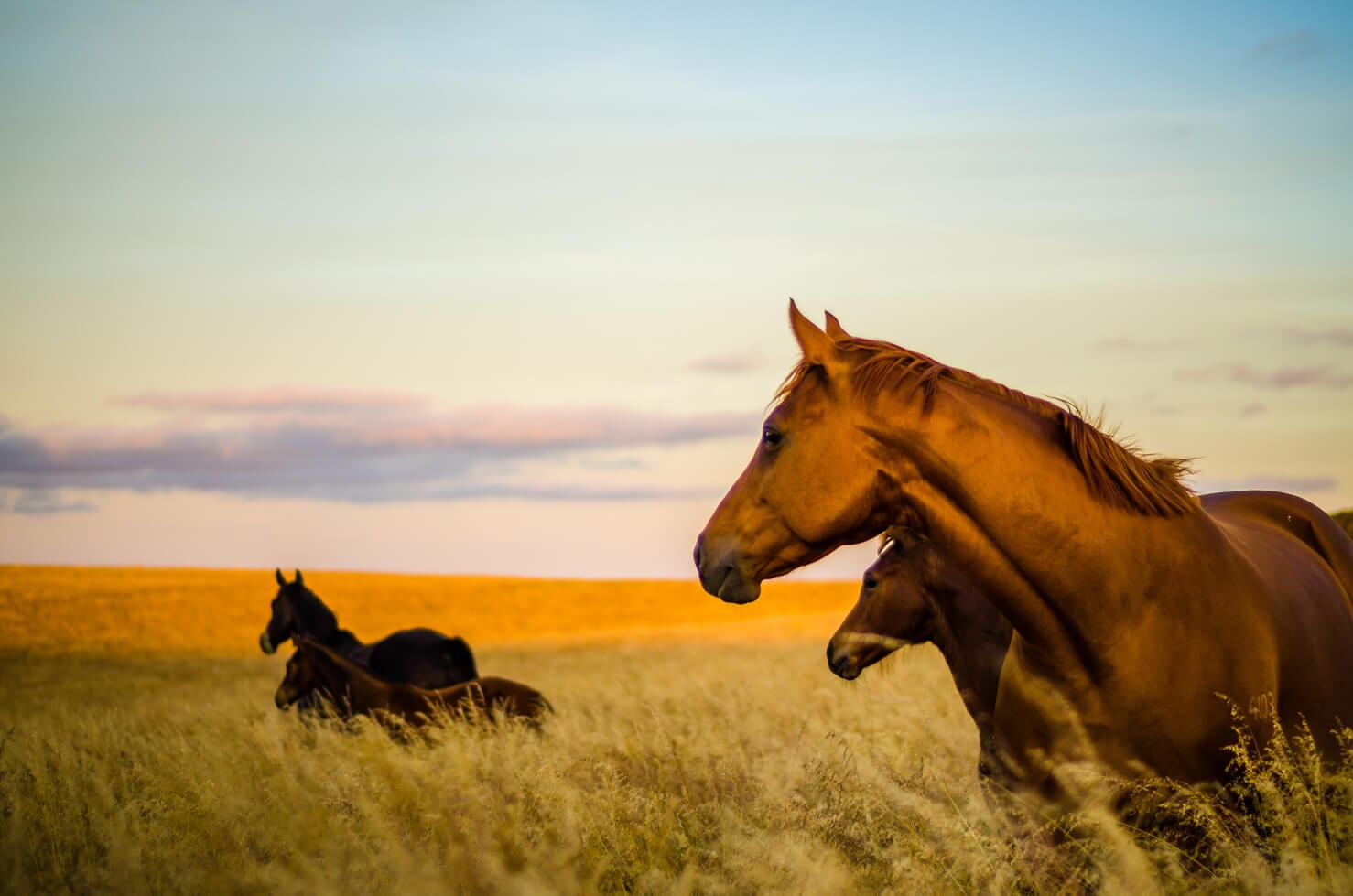
History
The Australian thoroughbred industry, now one of the biggest and strongest of its kind in the world, started out with just a single stallion, three mares and three yearlings which arrived with the first European settlers in 1788.
It has since grown to produce a thoroughbred horse population second only in size to that of the United States.
Although there are stallions in every state and territory, the breeding industry is predominately located in the states of New South Wales, Queensland and Victoria, which between them produce around 85 per cent of the annual foal crop.

For the first 150 years of European settlement, the Australian thoroughbred population was dominated by English bloodlines and featured such stallions as Musket (the sire of Carbine), Lochiel, Valais and Delville Wood.
However, it was the arrival of the Irish-bred, Star Kingdom, in 1951 who did more than any other horse, up until that time, to shape the local breed.
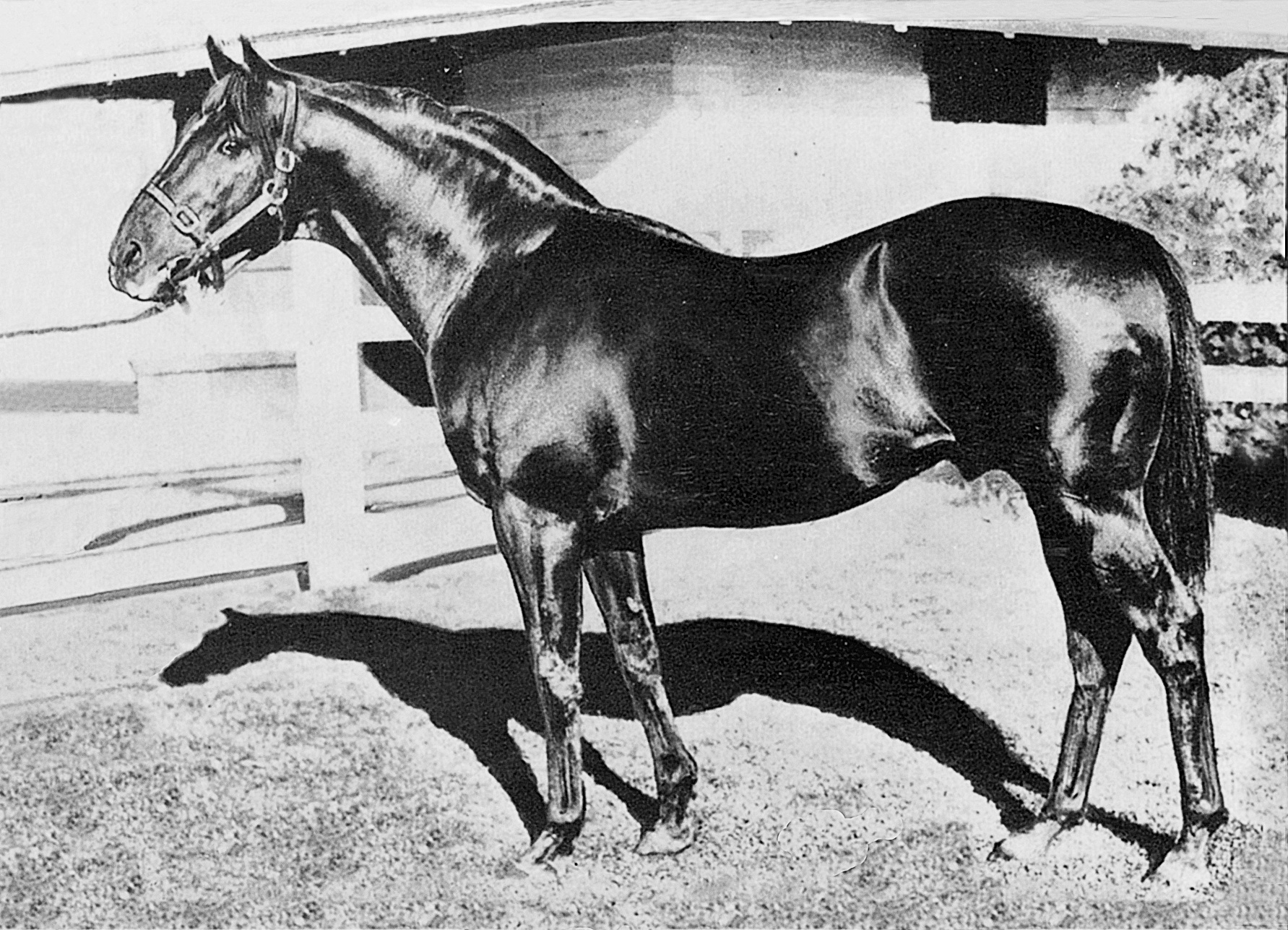
Star Kingdom, who raced as Star King in England, proved a perfect match for the growing trend to speed lines ahead of stamina.
Star Kingdom would sire the first five winners of the Golden Slipper - Todman, Skyline, Fine And Dandy, Sky High and Magic Night, making him the most sought after stallion in Australia.
Becoming Australia’s leading sire on 5 occasions, Star Kingdom died in 1967 but his impact was felt for decades with his sons and grandsons carving out their own careers at stud. Among Star Kingdom’s most successful sons was Biscay who in turn produced the outstanding sire, Bletchingly, sire of the legendary Kingston Town.
The modern era though has been dominated by the Danzig stallion, Danehill, who was raced in England by his breeder Prince Khalid Abdullah and arrived in Australia in 1990.
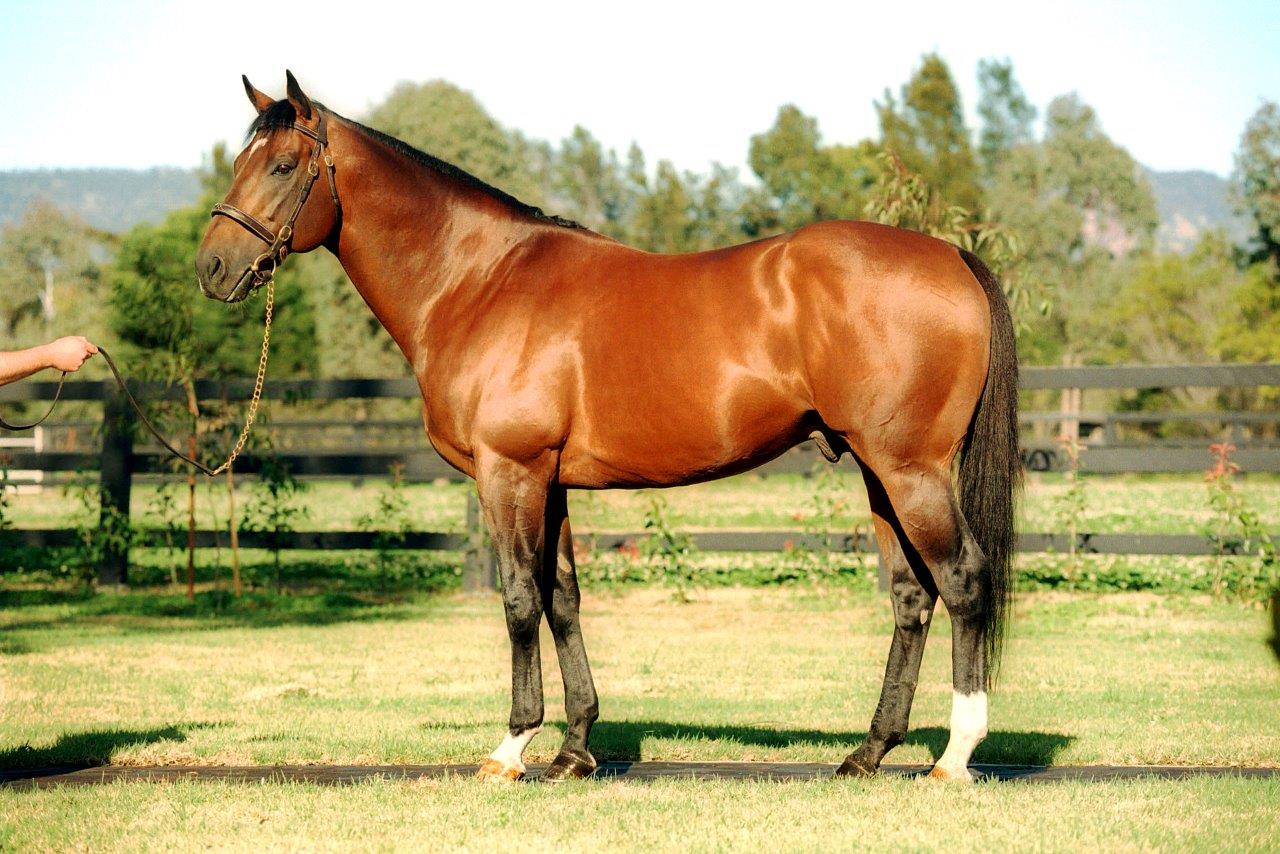
Danehill would become Champion Australian Sire for 9 of the 11 seasons between 1995-2005, was leading sire in Great Britain & Ireland for 3 years and was twice France’s champion sire.
Ultimately, Danehill would produce 89 Group/Grade 1 winners and 349 stakes winners in total, while worldwide earnings for progeny exceeded more than $375 million.
And his influence remains very much in play today with Danehill’s grandson, Snitzel, the Champion Australian Sire for the last 4 seasons; 7 of the top 10 stallions in 2019/20 carry Danehill in the first 3 generations; while the 2 leading first season sires by winners last season are direct descendants of Danehill.
What Makes Australia Unique
Whether it is the attraction of race days as unique and exciting as any in the world; the ability to buy into the best bloodlines; or the chance to invest in a market with the promise of some of the best prizemoney and bloodstock returns on the globe; Australia has something to offer.
No matter if you watch the races from the luxury of the members’ stand at Flemington on Melbourne Cup day, or are in the desert for the iconic Birdsville races, or at any of the 364 tracks around Australia, you will be impressed by just how important racing is in this country.
Take ownership: one in every 244 Australians has a share in a racehorse, be it through full ownership or a small share via a syndicate.
And these syndicates are having an impact on the biggest of stages. A prime example is the brilliant sprinter, Redzel, who sold originally as a weanling for $45,000 before going on to capture $16.5 million in prizemoney, including the first two runnings of the world’s richest race on turf – the now $20 million The Everest.
With many of the owners dressed in red to reflect the horse’s race colours, the Redzel Army’s post-race revelry became almost as famous as the horse himself.
Australians also have a habit of celebrating their equine stars – often more than human achievement. On the day of her final run, every newspaper across the country carried an image of Winx on their front page and Royal Randwick was awash in blue – babies in hand-made silks, flags, banners – as fans packed the course to capacity for her world record 25th Group 1 win.
Redzel and Winx are also testimony to the vast prizemoney on offer in Australia with stakes increasing by a massive 84% in the past decade: a far greater growth than any other racing region.
Interest in our horse racing exceeds that of any other country as well, with Australians wagering – on average - over $800 per capita every year.
Aside from the potential benefits of actually racing a horse in Australia, there is also the ‘before’ and ‘after’.
Such is the wealth of the domestic breeding industry that Australia has attracted not only the world’s best bloodlines, but similarly the globe’s major players such as Coolmore and Godolphin, both of which have made massive investment in terms of bloodstock and infrastructure. Similarly, many Asian investors have followed the Coolmore/Godolphin lead in recent years by establishing farms and stallion rosters.
It’s not difficult to work out why. With over 70% of Group 1 winners in the past three seasons offered for sale in Australia as yearlings compared to 68% of USA bred and 45% UK and Europe bred horses.
The purchase price of our top 50 colts is $760,000, as opposed to $980,000 for UK and Europe and a massive $1 million in USA. Similarly, our top 50 fillies averaged $550,00 about $300,000 less than the USA, UK and Europe.
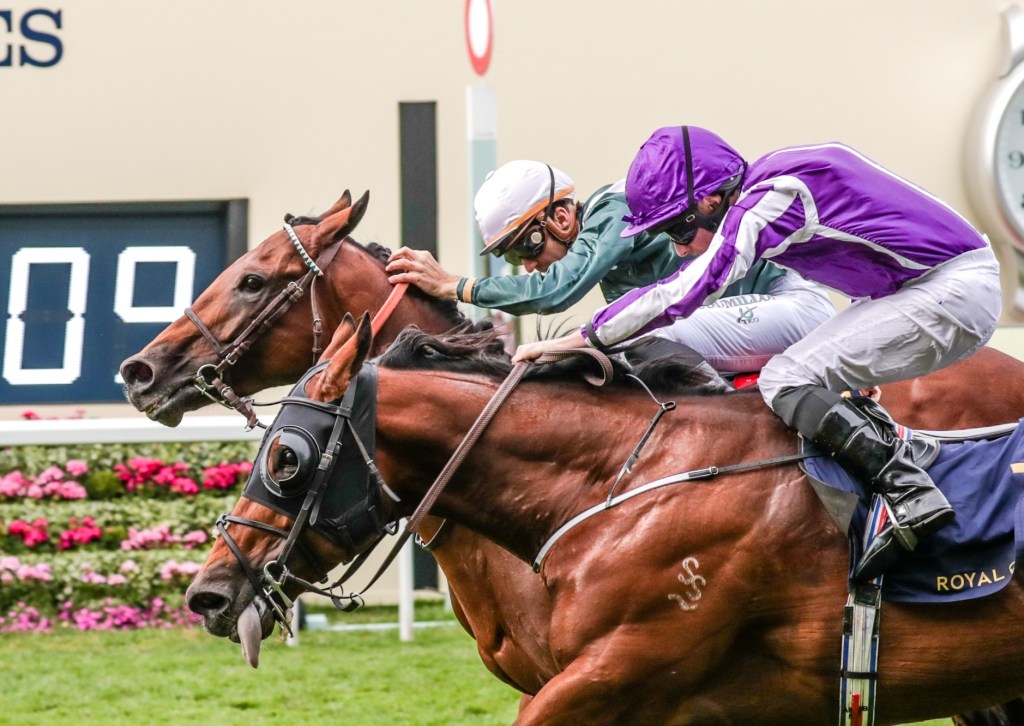
Yet the returns, if you are lucky enough to buy a top performer, are as good as anywhere. The advertised fee for the top 10 freshmen stallions (by average) is $26,000 in Australia – greater than the $25,000 in the USA and $17,000 in the United Kingdom.
Take a colt like Merchant Navy for instance. Sold for $350,000 as a yearling, he was a Group 1 winner in Australia, then most notably, winner of the Diamond Jubilee Stakes at Royal Ascot. He would retire to stud with over $2 million in the bank and, in his first two seasons at stud, covered over 400 mares at a fee of $55,000.
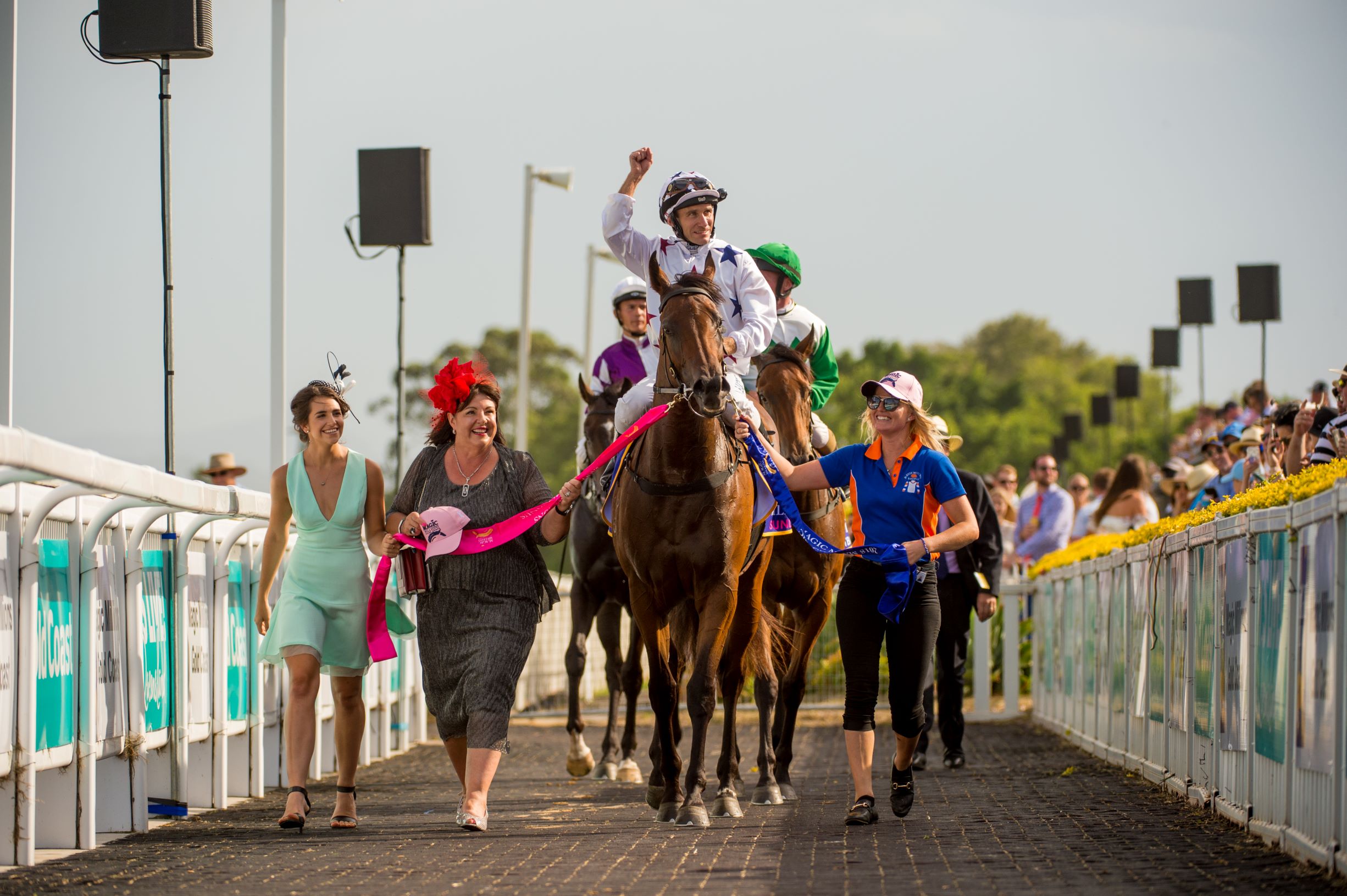
Residual value for mares is equally lucrative: Champion racemare, Sunlight was initially sold as a yearling for $300,000, but would win $6.6 million on the track and was sold, in 2020, for $4.2 million off the track.
More recently at the 2023 Magic Millions Broodmare Sale Forbidden Love initially purchased as part of a syndication for $150,000 in 2019 sold for an impressive $4.1 million after an incredibly successful career.
Former leading trainer, Luca Cumani perhaps sums it up best: “If I was lucky enough to be born again, I would move to Australia and start training there. It is the country of the future for racing – the prizemoney is fantastic, as is the enthusiasm and the willingness to participate.”

